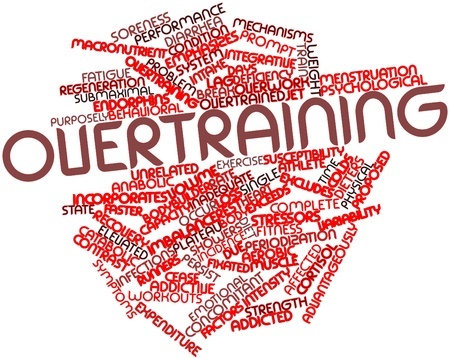
Making Workout Program Adjustments When Your Client is Bored
As helpful as routine is to an organized day and even more important it is to an exercise program, what can you do if your…
READ MORE
As helpful as routine is to an organized day and even more important it is to an exercise program, what can you do if your…
READ MORE
Women, not just men, can suffer ill effects from depressed testosterone levels, also known as “Low T” syndrome. Gender equality has long been at the…
READ MORE
Personal trainers may have questions on how to direct their clients with optimal squat foot position, and with good cause: the kinetic chain starts at…
READ MORE
As the keto craze rages on, let’s take the opportunity to discuss another low-carb diet variation with plenty of merit and proven success as a…
READ MORE
As the new year approaches, clients, old and new, are starting to set their “fitness” resolutions. Many will likely set weight loss goals simply because…
READ MORE
Yesterday’s blog addressed the specific approaches personal trainers can take for programming periodization for soccer players. Now that you’re familiar with the how, let’s talk…
READ MOREComing in January 2016, NFPT will, for the first time, feature one of our own Certified Personal Trainers whose sport is Expedition Hiking. We will…
READ MORE
Summer is season of leisure; yet many clients find themselves busier than usual, which translates into logging fewer workouts. In preparation for the coming season,…
READ MOREEmphasis This movement is very effective in isolating the muscles in the back of your upper leg (hamstrings). Starting Position Lie face-down on the bench…
READ MORE
It’s important to recognize when a client’s mind is preventing him or her from moving forward. Sometimes a client or athlete stops progressing not because…
READ MORE
Exertional rhabdomyolysis is a fairly unknown and rare, but dangerous consequence of overtraining that every certified personal trainer should become aware of. Read on to…
READ MOREJumping athletes, particularly women, are prone to patellar tendonitis. This condition occurs when the patellar tendon becomes inflamed and causes pain in the knee.
READ MORE